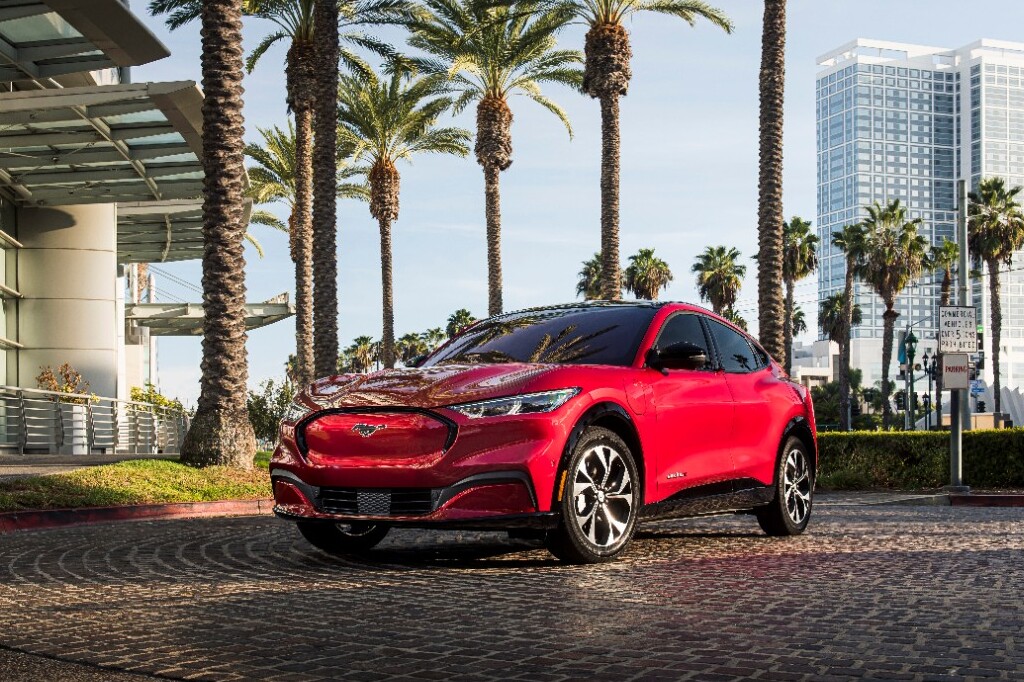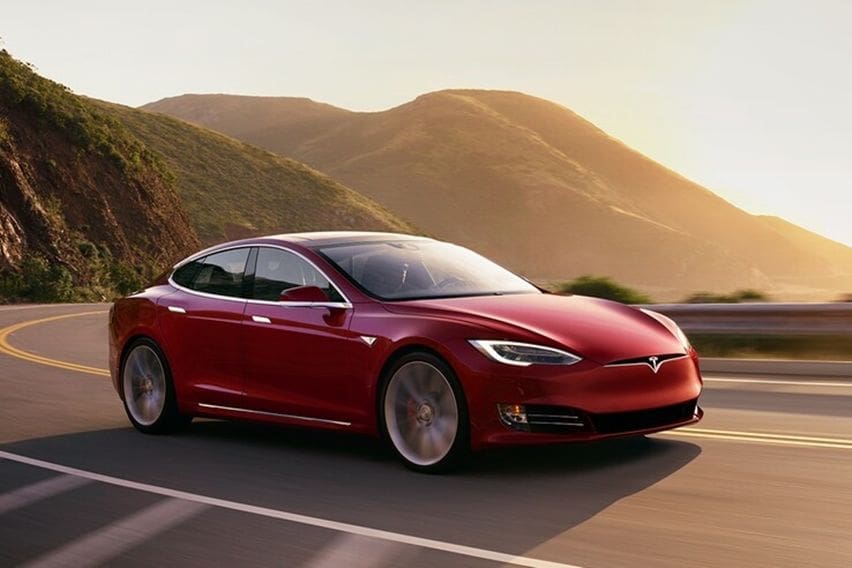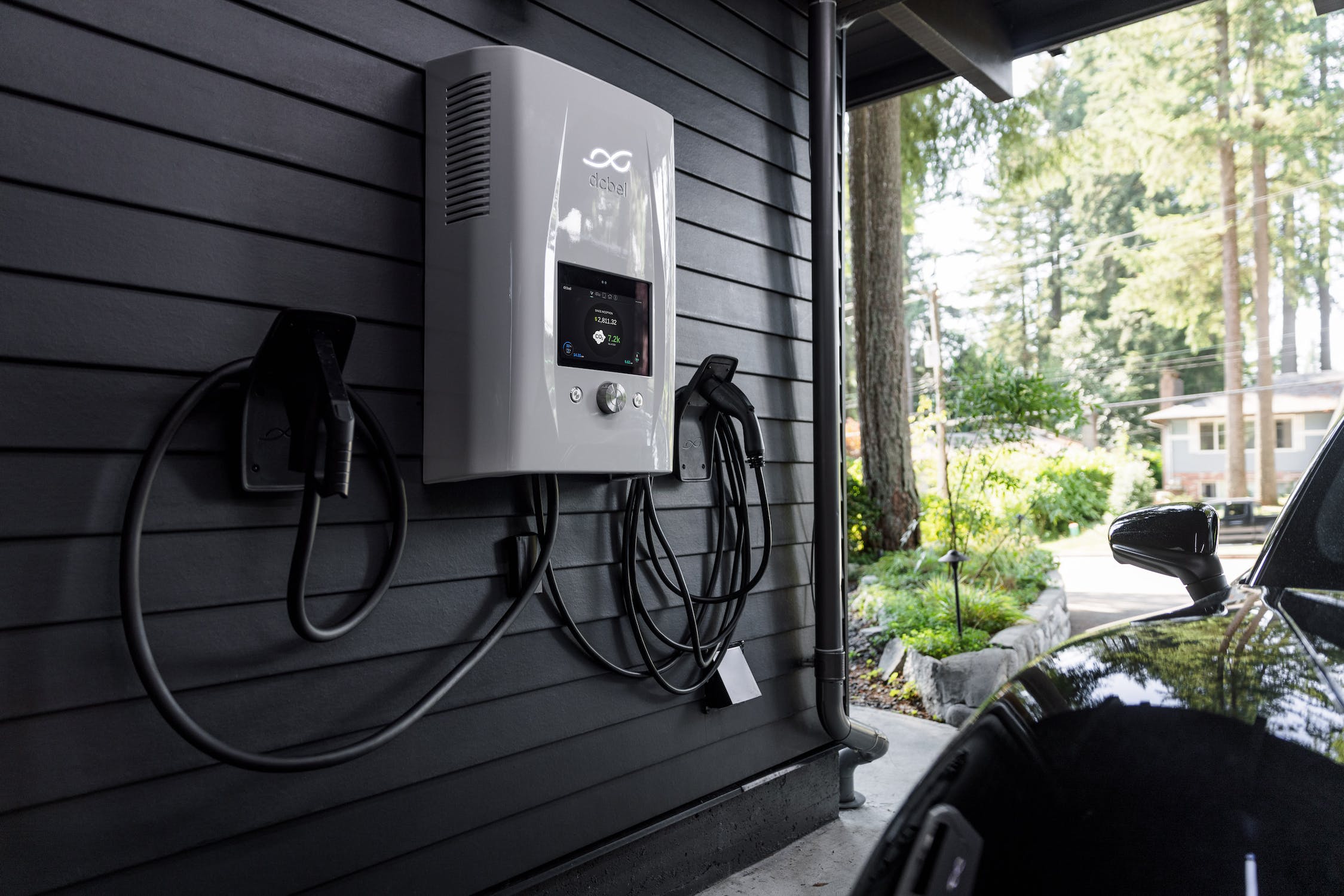Ford is making bold investments in its second-generation new energy vehicles, but at a cost. The automaker has announced that its electric vehicle unit, Model e, will lose around $3 billion more than it makes in 2023. This is on top of the $2.1 billion loss incurred in 2022 and $900 million loss in 2021. Despite this, the losses are being offset by the profitability of its two other divisions, Ford Blue and Ford Pro, which handle its combustion vehicles and commercial vehicles, respectively.
While Ford’s electric ambitions have not yet been profitable, the company plans to spend a total of $50 billion through 2026 to develop and build electric vehicles, with a goal of manufacturing 2 million EVs per year. By 2026, Ford expects Model e to reach an operating margin of 8 percent, compared to the negative 40 percent margin it experienced in 2022.
According to Chief Financial Officer John Lawler, the company plans to explain its strategy for future profitability at an investor “teach-in” event today. This will include laying out plans for more efficient designs, lower battery costs, increased sales volume, and a more competitive distribution network.
Additionally, Ford is planning $2.5 billion in cost cuts for its internal combustion business, which it expects to generate $7 billion in 2023. Its commercial vehicle business is also set to benefit from Model e’s R&D expenditures and is expected to contribute $6 billion in earnings before taxes and interest. Overall, Ford expects to earn $9-$11 billion in 2023, even with the costly EV division.
While the losses incurred by Model e may seem substantial, Ford remains optimistic about the future of its electric vehicle unit. Despite the $3 billion loss in 2023, Ford claims that its EVs will be “approaching breakeven” by the end of the year if research and development costs are ignored. With a continued investment in electric vehicles, Ford may soon see a profitable return on its investment.







